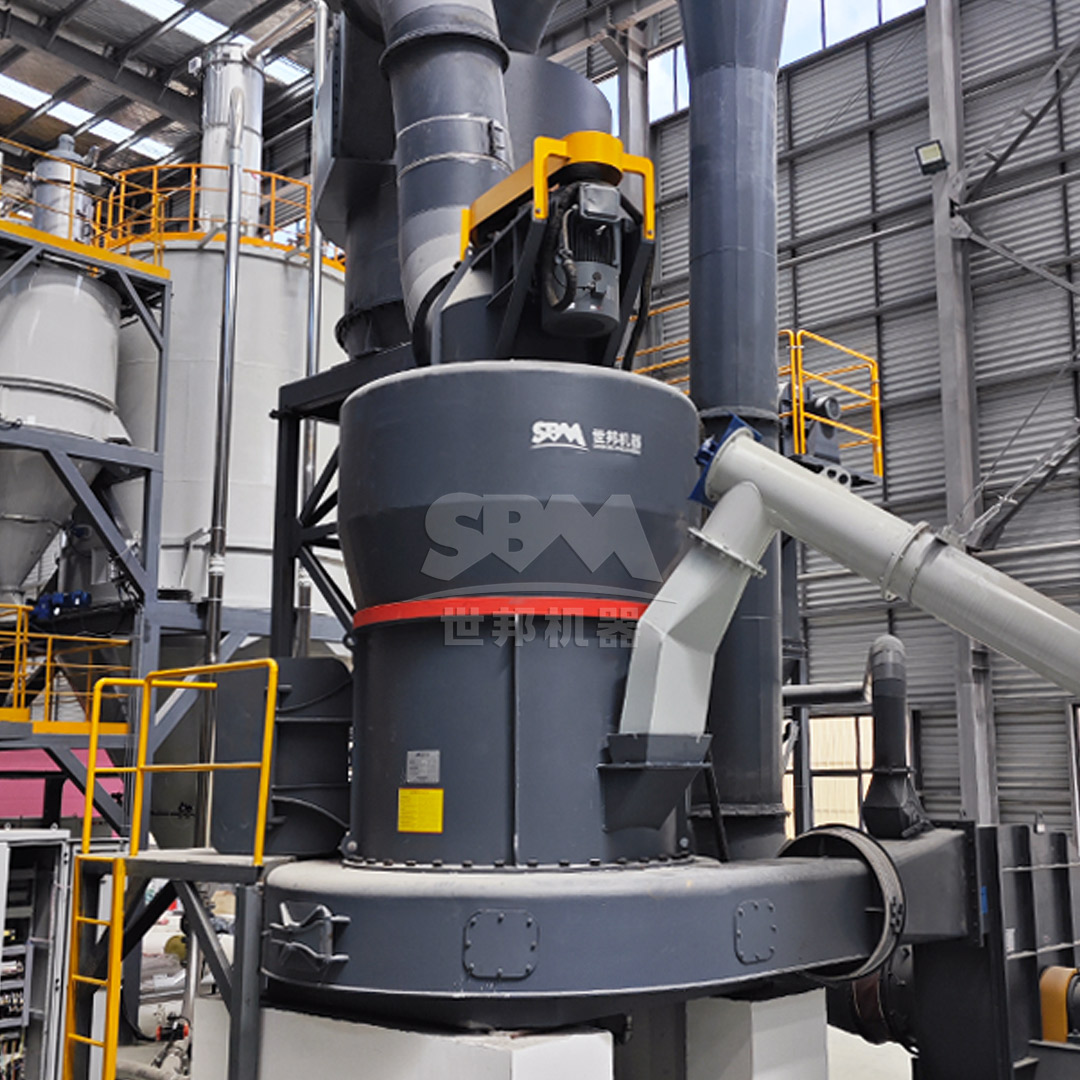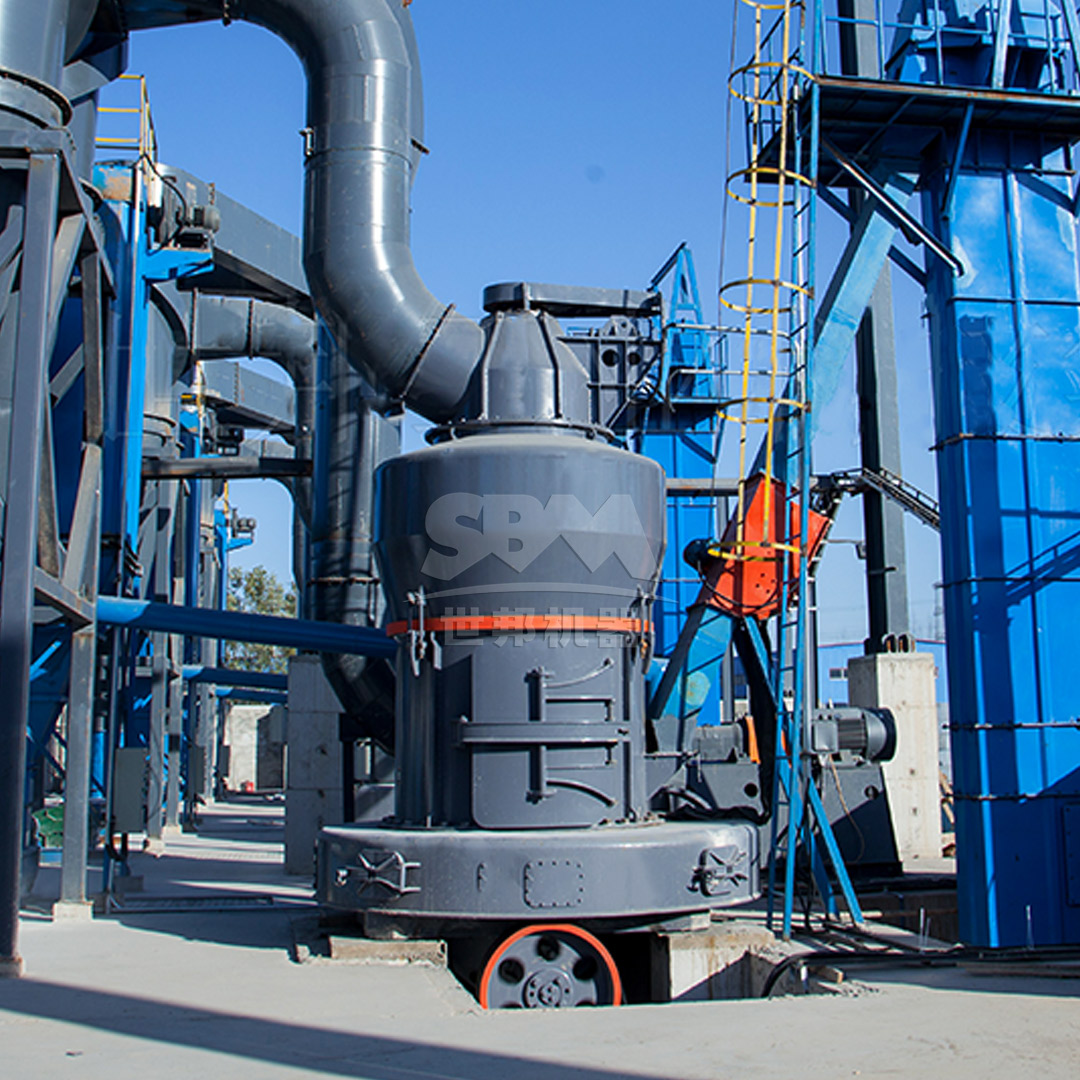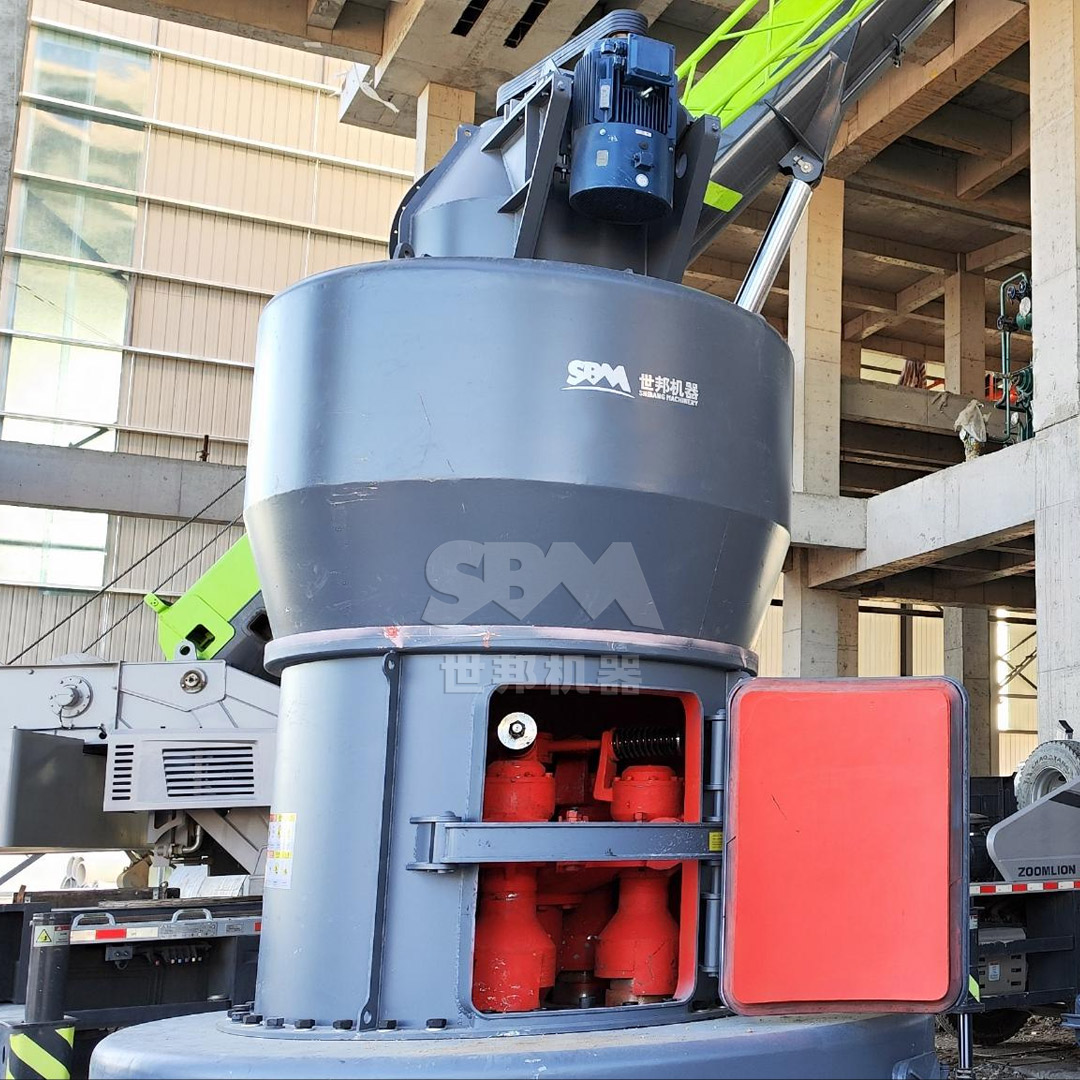Feldspar, a key raw material in high-performance ceramics production, requires precise grinding to achieve the desired particle size distribution and purity. Vertical roller mills (VRMs) have emerged as the preferred technology for feldspar grinding due to their efficiency, precision, and adaptability. This article explores the role of VRMs in feldspar processing for ceramics, highlighting technological advancements and recommending suitable equipment from our product line.

Feldspar is widely used in ceramics for its fluxing properties, which lower the vitrification temperature and enhance the mechanical strength and durability of the final product. The quality of feldspar powder, particularly its fineness and consistency, directly impacts the performance of ceramics. Achieving a fine and uniform grind (typically between 325 and 2500 mesh) is critical for optimal results.
Grinding feldspar presents several challenges, including its hardness (Mohs scale of 6-6.5), abrasiveness, and the need for precise particle size control. Traditional grinding methods, such as ball mills, often suffer from high energy consumption, limited fineness control, and contamination issues. VRMs address these challenges effectively through advanced design and operational principles.
VRMs are designed for efficient and fine grinding of materials like feldspar. They operate on the principle of bed comminution, where material is ground between rollers and a rotating table. Key components include the grinding table, rollers, classifier, and drive system. The integration of high-precision classifiers allows for accurate particle size distribution, ensuring consistent product quality.

For feldspar grinding in high-performance ceramics, we highly recommend our SCM Ultrafine Mill. This mill is specifically designed to achieve ultrafine powders with high precision and efficiency, making it ideal for feldspar processing.
The SCM Ultrafine Mill operates by driving multiple layers of grinding rings via the main motor. Material is dispersed into the grinding path by centrifugal force, where it is pressed and ground by rollers. The powdered product is collected by a cyclone and pulse dust removal system, ensuring high efficiency and cleanliness.
| Model | Processing Capacity (ton/h) | Main Motor Power (kW) | Input Size (mm) | Output Fineness (mesh) |
|---|---|---|---|---|
| SCM800 | 0.5-4.5 | 75 | ≤20 | 325-2500 |
| SCM900 | 0.8-6.5 | 90 | ≤20 | 325-2500 |
| SCM1000 | 1.0-8.5 | 132 | ≤20 | 325-2500 |
| SCM1250 | 2.5-14 | 185 | ≤20 | 325-2500 |
| SCM1680 | 5.0-25 | 315 | ≤20 | 325-2500 |
For applications requiring slightly coarser grinds or higher throughput, the MTW Series Trapezium Mill is an excellent choice. It offers robust performance and flexibility for feldspar grinding.
The MTW mill works by driving磨辊 to revolve around the central axis and rotate itself, generating centrifugal force. Shovels throw material into the space between磨环 and磨辊 for crushing, with a grading system controlling particle size.

To maximize the performance of VRMs in feldspar grinding, consider the following best practices:
Vertical roller mills, particularly the SCM Ultrafine Mill and MTW Series Trapezium Mill, offer superior solutions for feldspar grinding in high-performance ceramics production. Their ability to deliver fine, consistent powders with high efficiency and low environmental impact makes them indispensable in modern ceramics manufacturing. We encourage you to explore these products to enhance your production capabilities and achieve卓越 results.